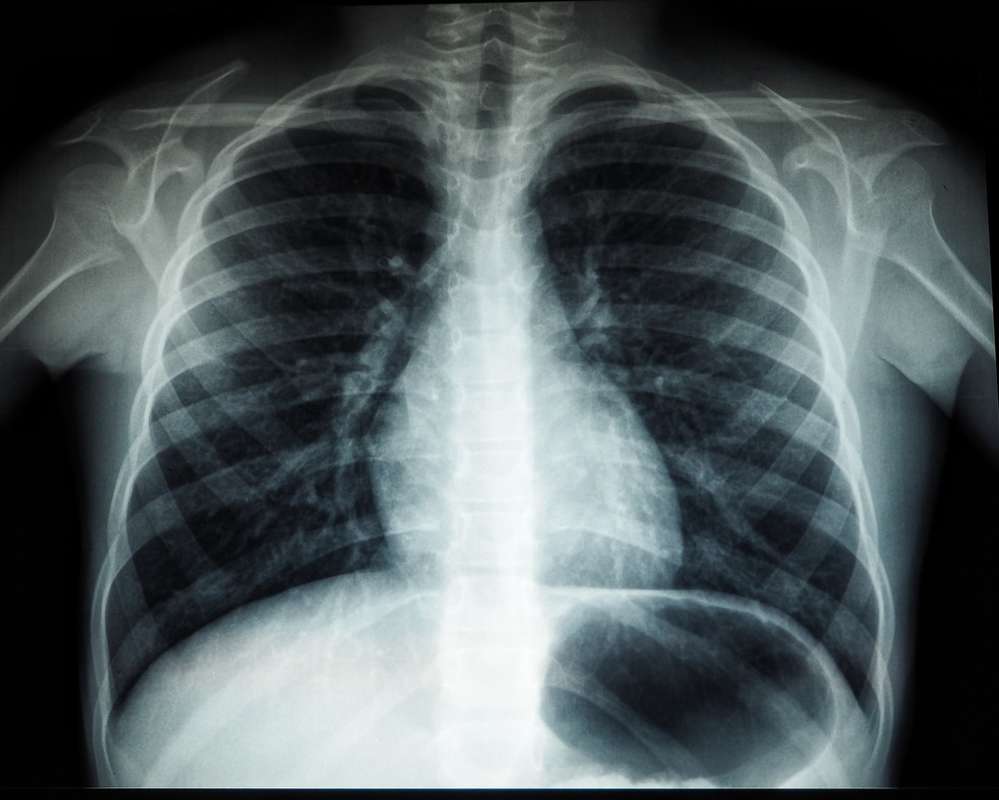
The Blunders of Medicine: A Guide Wire Left Behind
As I sat in the waiting room, flipping through a worn copy of People magazine, I couldn’t help but think about the countless times I’ve heard the phrase “never event” tossed around in medical circles. It’s a term used to describe a mistake so egregious, so preventable, that it’s almost unthinkable. And yet, it happens. Case in point: a recent incident at the Royal Stoke University Hospital, where a guide wire was left in a patient’s chest for over two years.
A Chest Full of Surprises
The story begins in October 2021, when a patient was rushed to the emergency department following a trauma call. In the chaos of the moment, a chest drain was inserted, and a guide wire was left behind. It wasn’t until the patient was readmitted to the hospital late last year that the mistake was discovered. Can you imagine the shock and horror of discovering a foreign object lodged in your chest cavity for over two years?
 A chest x-ray, similar to the one that revealed the guide wire
A chest x-ray, similar to the one that revealed the guide wire
The investigation is ongoing, led by the hospital’s new patient safety investigator. According to a report to the Royal Stoke board, the patient is set to be seen electively on discharge from their current admission, with the goal of removing the wire. It’s a sobering reminder that even in the most sterile of environments, mistakes can and do happen.
Lessons Learned
Dr. Matthew Lewis, Medical Director at Royal Stoke, has promised that lessons will be learned from this incident. “We have strict protocols to investigate serious incidents and this incident is currently being investigated to identify learning and confirm action to be taken,” he said in a statement. It’s a reassuring sentiment, but one can’t help but wonder how such a blunder could have occurred in the first place.
 A hospital corridor, where the investigation is underway
A hospital corridor, where the investigation is underway
As I reflect on this incident, I’m reminded of the importance of vigilance in the medical profession. It’s a high-stakes game, where the margin for error is slim to none. And yet, even with the best intentions, mistakes can and do happen. The key is to learn from them, and to use those lessons to improve patient care.
 A medical team, working together to prevent future mistakes
A medical team, working together to prevent future mistakes
In the end, it’s a sobering reminder that even in the most trusted of institutions, mistakes can occur. But it’s how we respond to those mistakes that truly matters.






